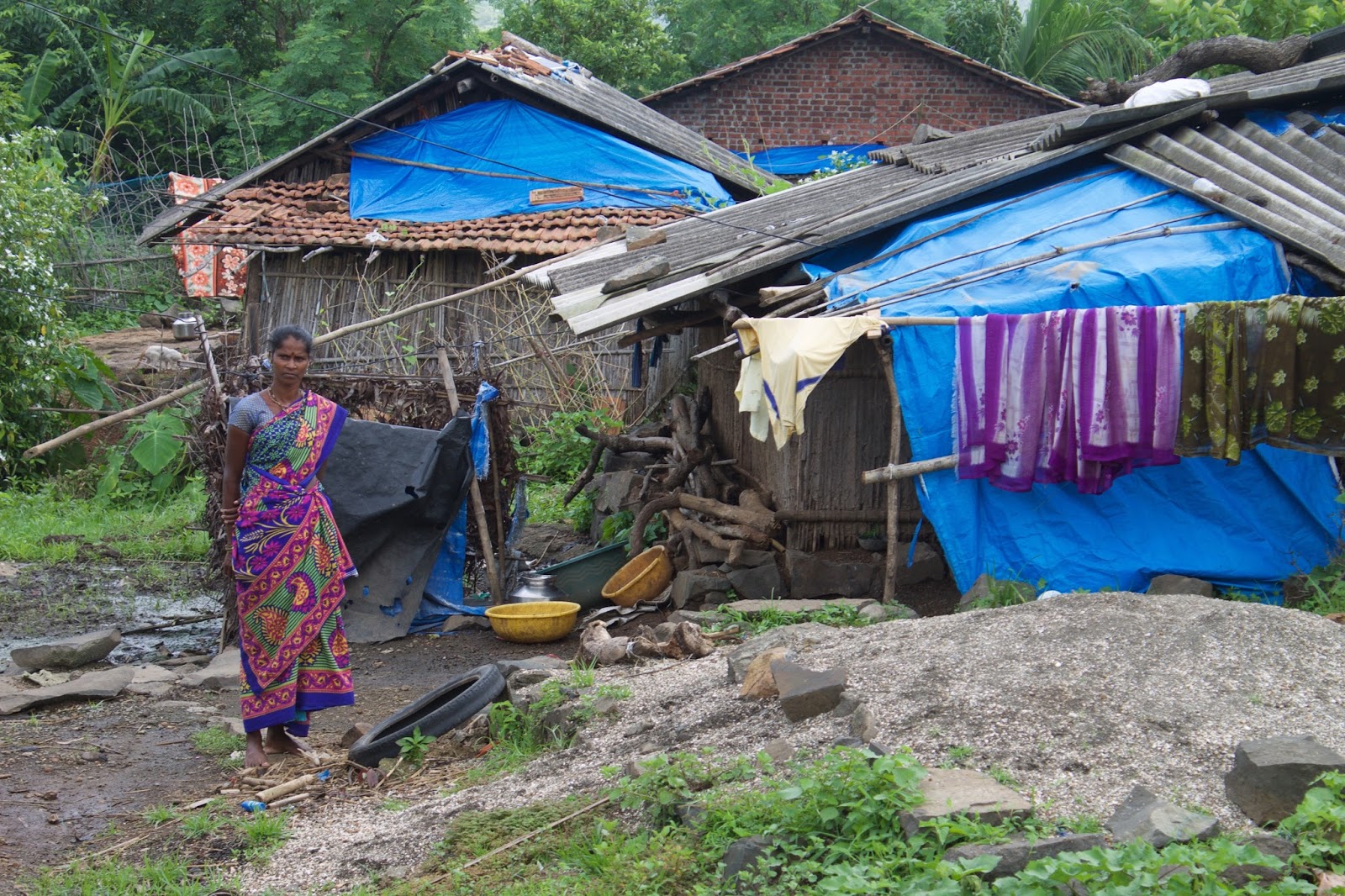Mumbai is known as the city of dreams. Thousands of people from all around India flock here every day to seek work and other opportunities. It is impossible to experience the scope of Mumbai within the space of one week, but these are the parts that stood out to me.
Dharavi - the poor little rich slum
Dharavi is Asia's largest slum with a population that isn't exactly known, but is said to be in the region of 1 million. To give a few more statistics, it is about half the size of Centre Parcs and one bedroom is normally home to around 8 people. But what is the true meaning of a slum? Well, the blockbuster hit Slumdog Millionaire would be my first thought. The vivid scene of a child jumping into to a pile of excrete sets the tone for what a slum would be like - I definitely had no high expectations.
When we actually arrived at Dharavi I was a bit confused as to whether we had actually entered the ‘slum’ yet. Mainly because there were busy roads surrounding us and common middle class people walking around. We soon arrived at the industrial part of Dharavi, which is where the majority of employment and workforce is held. There were all types of manufacturing and recycling industries from aluminium sorting to leather production. As we walked around the people carried on with their daily work without even acknowledging us. We occasionally got a wave and a smile, but it goes to show these people are only in Dharavi for one thing - to earn a living for themselves. This was when I realised the significance of this slum to a lot of people, and the reason why thousands come to Dharavi every day for work.
The residential part is where the shift happened. The area became a lot more cramped with barely a metre of space between slum houses. The smell that surrounded me proved just how low the hygiene standards were. That's no surprise considering 1 toilet must be shared between 1440 people. Yet as I peeked into the houses and looked at the children running around, they seemed happy. A lot of the houses had electricity and TV's, but basic sanitation was a myth.
Later that evening we had a panel consisting of 5 slum residents. Most of them were born and raised in Dharavi and knew the place only as their home. They ranted about how the government gives them empty promises year after year; saying they'll build more toilets and create cleaner living conditions. It's all rubbish. The Indian government are more concerned with spending millions of dollars on space missions rather than the millions in poverty.
A few more snaps
 |
| Playing hold |
 |
| Leopold Cafe |
 |
| Dhobi Ghat - outdoor laundry |
Even after spending just one week in Mumbai it seems to be a place I’m incredibly comfortable in. The people do not stare at you like you’re a different breed of human. They welcome you and have friendly conversations if you wish to engage in them. I could definitely see myself living here for a year or two.
Namaste, Damini






























